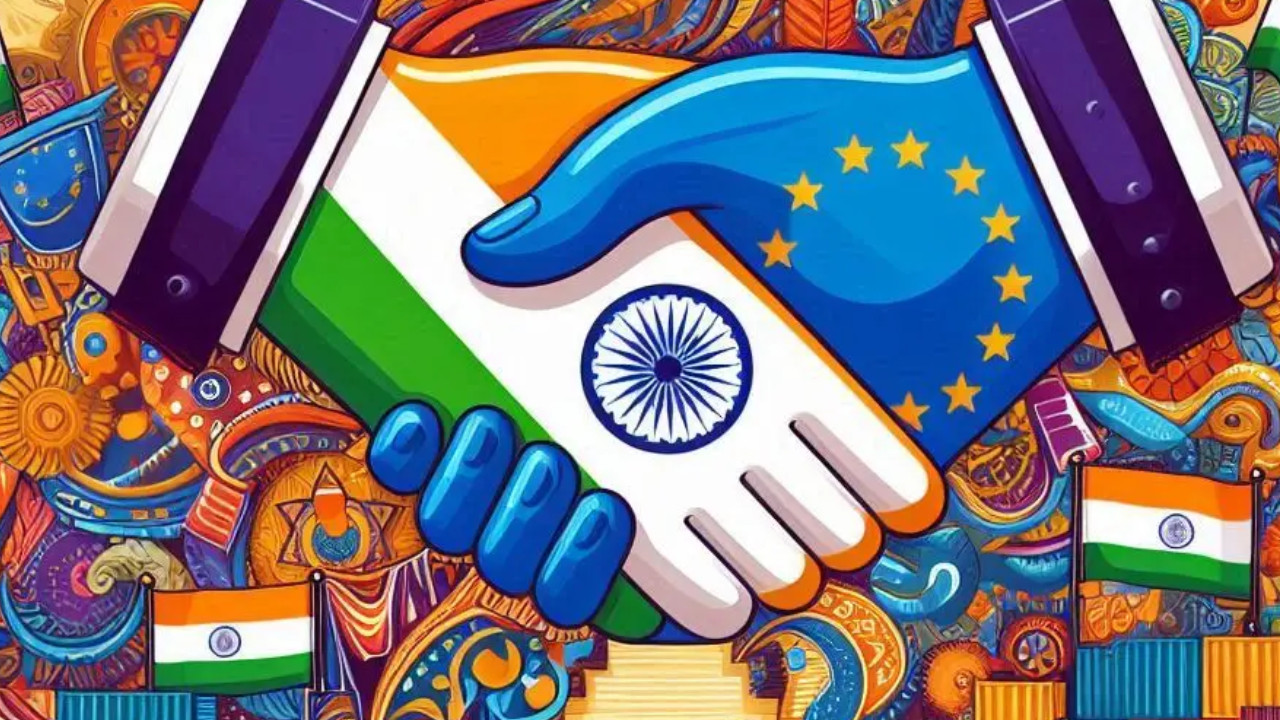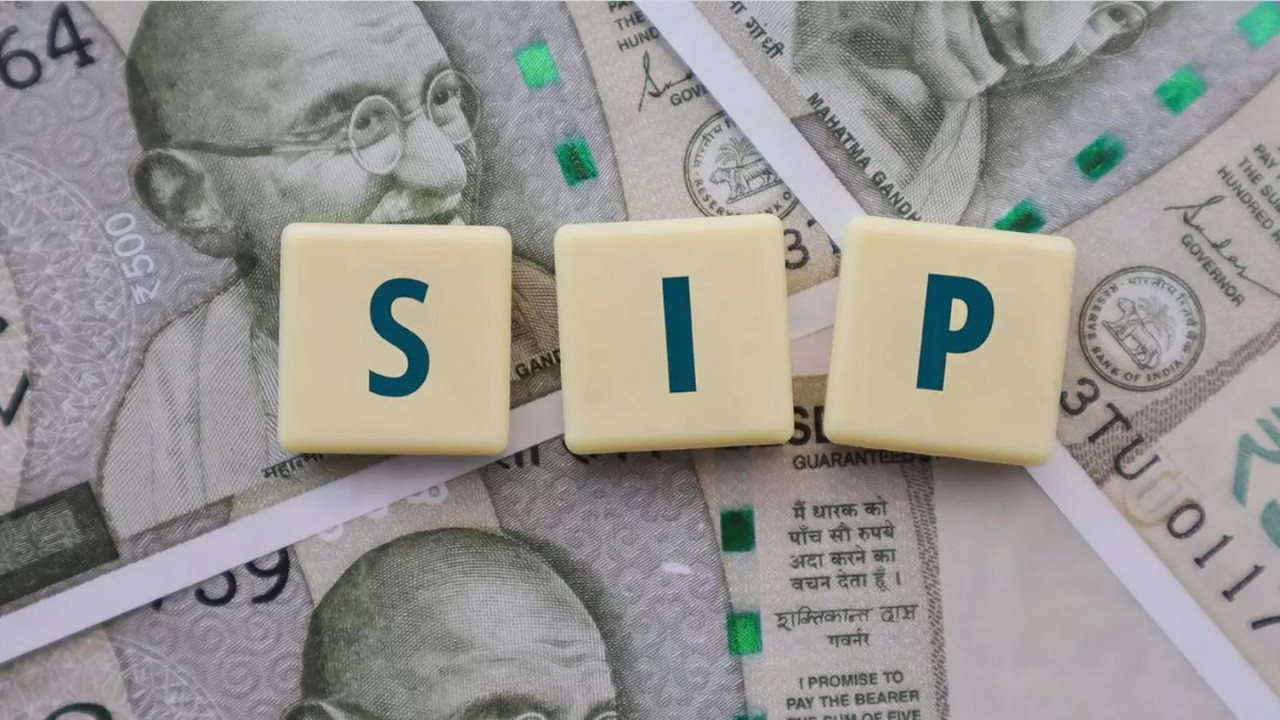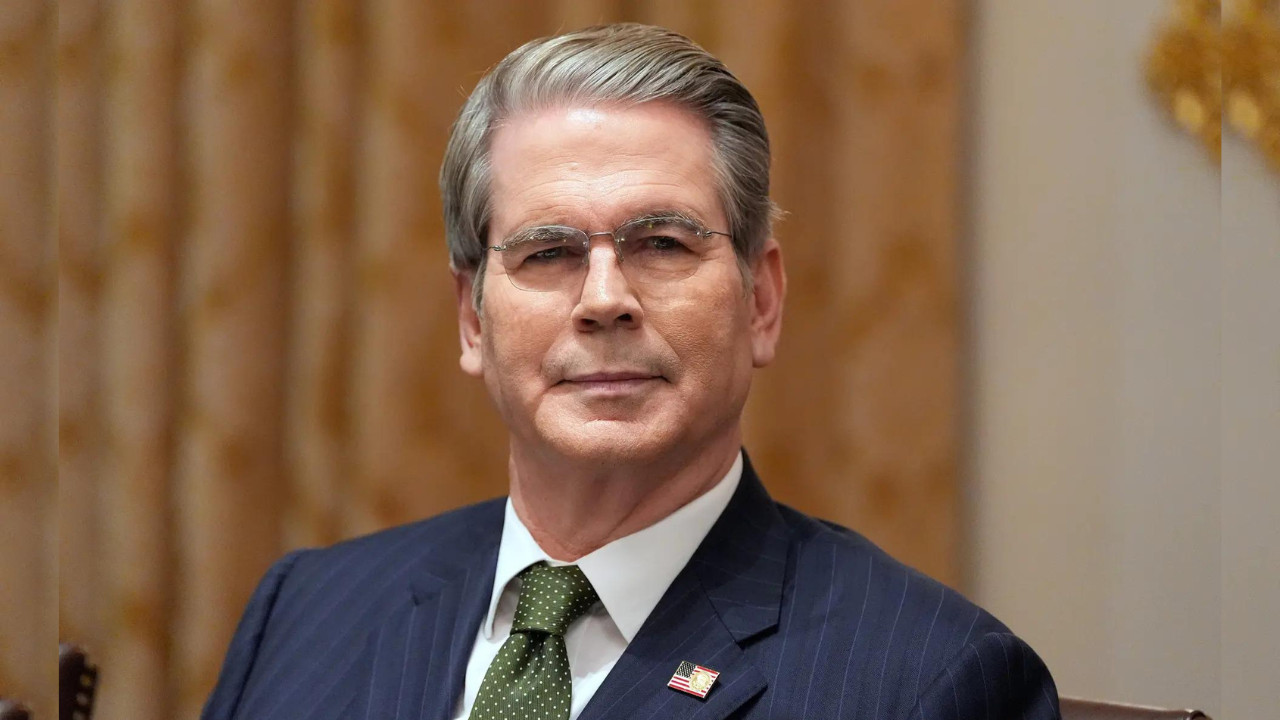EU Ambassador Herve Delphin stated the India-EU FTA could be a “game changer” for bilateral trade, diversifying supply chains amid global tariff hikes. Despite challenging negotiations and unresolved issues like market access, the EU remains committed to a meaningful deal by December 2025, aiming to leverage their significant economic complementarity.
The India-EU Trade Tango: Are We About to Change Partners?
For years, the prospect of a comprehensive free trade agreement (FTA) between India and the European Union has been dangling like a particularly juicy mango, tantalizing both sides with its potential but proving stubbornly difficult to pluck. Talks continue, ambitions remain high, but as Ugo Astuto, the EU’s ambassador to India, recently pointed out, some pretty significant hurdles still need clearing.
The promise is undeniably alluring. Imagine a streamlined flow of goods, services, and investments between two of the world’s largest economies. The India-EU FTA could unlock billions in untapped economic potential, creating jobs, spurring innovation, and forging deeper partnerships. Ambassador Astuto even went so far as to suggest it could be a “game-changer.” Bold words, certainly. But what’s holding things up?
Unpacking the Sticking Points in India-EU Trade Negotiations
Several key issues are reportedly causing friction. We’re talking about the usual suspects in any trade negotiation: tariffs, regulatory alignment, and intellectual property rights.
For India, gaining greater access to the EU market for its agricultural products and skilled professionals is a major priority. Conversely, the EU is keen to see reduced tariffs on its manufactured goods and greater protection for its intellectual property, particularly in sectors like pharmaceuticals. Getting these details right requires delicate negotiation and willingness to compromise.
One particularly thorny issue revolves around sustainability standards. The EU is increasingly focused on ensuring that imported goods meet stringent environmental and labor standards. While India shares these broad goals, concerns exist about the potential impact on its export competitiveness, especially for smaller businesses that may struggle to adapt quickly. Balancing environmental responsibility with economic growth is proving a complex task.

Why This Deal Matters
Beyond the numbers and the negotiating table jargon, this potential deal is about something much bigger: strategic alignment. In a world grappling with geopolitical uncertainty and shifting global power dynamics, closer economic ties between India and the EU would send a powerful signal of cooperation and shared values. This isn’t just about trade; it’s about solidifying a partnership built on mutual respect and a commitment to a rules-based international order.
Furthermore, the India-EU FTA could serve as a template for future trade agreements, demonstrating how developed and developing economies can work together to create mutually beneficial arrangements. This is crucial as global trade patterns continue to evolve and new challenges, like climate change and digital transformation, demand collaborative solutions.
This potential agreement also comes on the heels of other significant trade developments for India, including renewed focus on relationships with countries in the ASEAN region. This diversification of trade partnerships highlights India’s increasingly central role in the global economy. You can read more about India’s growing influence in international trade on [our other blog post about India’s trade relations](internal_link_to_related_content).
The Road Ahead for India-EU Trade
So, where do things stand? Talks are ongoing, and both sides have publicly expressed their commitment to reaching an agreement. However, the complexities involved mean that a quick resolution is unlikely. Expect a period of intense negotiation, with both sides carefully weighing their priorities and seeking common ground.
Whether the “game-changer” label ultimately proves accurate hinges on the willingness of both India and the EU to display flexibility, embrace compromise, and prioritize the long-term benefits of a deeper partnership over short-term gains. The stakes are high, but the potential rewards are even greater. The world will be watching to see if this long-awaited tango finally leads to a harmonious dance. The future of India-EU trade hangs in the balance.







